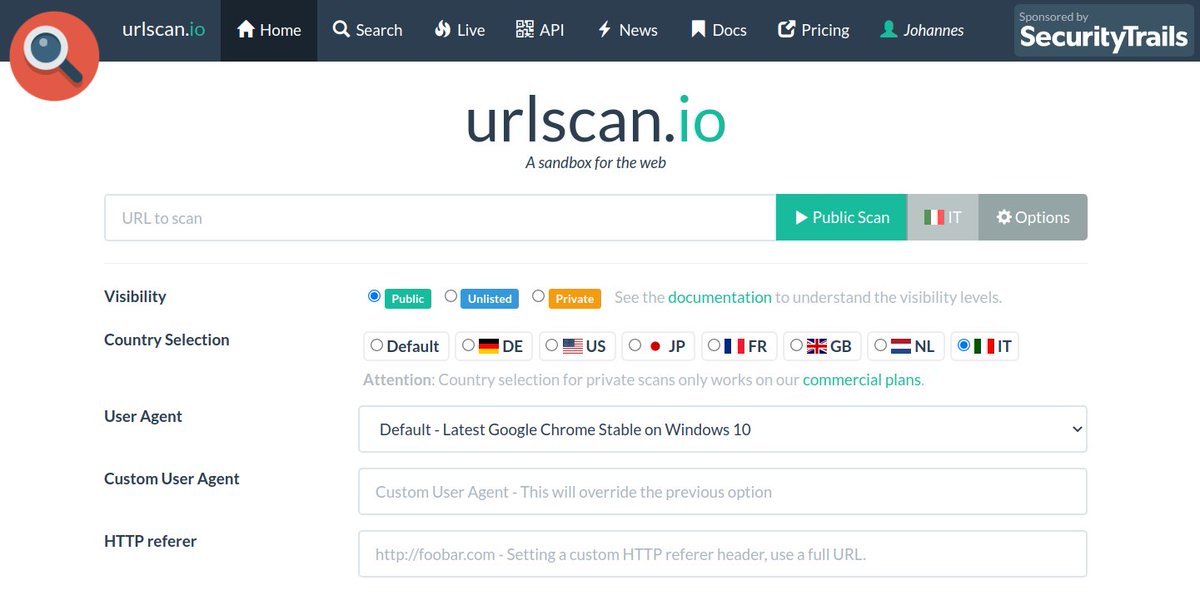


The membrane-proximal external region of Env (MPER) is a major target for

Valuable, particularly for sites for which little is currently known. Thus, understanding B cell development in additional individuals continues to be Revealed aspects of antibody development that were unique to the targeted site. In addition to several shared insights, each of these studies Regions on Env, called supersites or sites of vulnerability: CD4 binding site Studies of the longitudinal development of bNAbs that include samples fromĮarly lineage development have been published for three of the major bNAb-targeted Understanding of the co-evolution of virus and B cell lineages in HIV-infected Known bNAbs ( Xu et al., 2018 Kulp et al., 2017) and lineage-based design ( Doria-Rose and Joyce, 2015 Haynes et al., 2012b Kwong and Mascola, 2018). Investigation include structure-guided immunogen design, with a focus on epitopes of Individuals is likely to provide important clues for vaccine design ( Klein et al., 2013 Mascola and Haynes, 2013). Recognition, and development of broadly neutralizing antibodies (bNAbs) in infected

With high breadth and potency ( Hraber et al.,Ĭontrast, vaccine immunogens derived from the HIV-1 envelope glycoprotein (Env) haveįailed to elicit cross-reactive neutralizing antibodies ( Excler et al., 2015). Cross-reactive NAbs commonly ariseĭuring HIV-1 infection, though only a small subset of infected patients produce NAbs Neutralizing antibodies (NAbs) against HIV-1 are likely to be a majorĬomponent of the protective immune response elicited by an effective vaccine ( Haynes et al., 2012a Wagh et al., 2018). That VRC42 may be a promising template for lineage-based vaccine design. VRC42 intermediates imparting neutralization breadth. A multimeric immunogen based on the founder MPER activated B cellsīearing the unmutated common ancestor of VRC42, with modest maturation of early The broadest lineage, VRC42, was similar to the knownīNAb 4E10. Of somatic hypermutation, normal antibody-loop lengths, and were initiated by Respectively, of a 208-strain virus panel. VRC46.01 used distinct modes of recognition and neutralized 96%, 62%, and 30%, Identified three lineages of bNAbs targeting the membrane-proximal external From an individual in the prospective RV217 cohort, we Lineages studied to date have features indicative of unusual recombinationĪnd/or development. Lineage-based vaccine design is an attractive approach for elicitingīroadly neutralizing antibodies (bNAbs) against HIV-1. Douek, 3 Lawrence Shapiro, 3, 7 Sodsai Tovanabutra, 1, 2 Nelson L. Shiakolas, 3 Tyler Stephens, 3 Yaroslav Tsybovsky, 3 Courtney Tucker, 1, 2 Raffaello Veradi, 3 Keyun Wang, 3 Jing Zhou, 3 Tongqing Zhou, 3 George Georgiou, 5 S. Anthony Moody, 6 Anne Marie O’Sullivan, 1, 2 Christopher Owen, 1, 2 Dongjun Peng, 3 Reda Rawi, 3 Eric Sanders-Buell, 1, 2 Chen-Hsiang Shen, 3 Andrea R. Louder, 3 Krisha McKee, 3 Letzibeth Mendez, 1, 2 M. Driscoll, 3 Aliaksandr Druz, 3 Jason Gorman, 3 Farida Laboune, 3 Mark K. Cale, 3 Gwo-Yu Chuang, 3 Samuel Darko, 3 Jefferson I. Bailer, 3 Meera Bose, 1, 2 Alberto Cagigi, 3 Evan M. Chenine, 1, 2 Mangaiarkarasi Asokan, 3 Robert T. McDaniel, 5 Yen-Ting Lai, 3 Mallika Sastry, 3 Baoshan Zhang, 3 Marissa Jarosinski, 3 Amy Ransier, 3 Agnes L. Georgiev, 4 Sebastian Schätzle, 5 Jonathan R. Zhou, 3 Syna Gift, 1, 2 Vincent Dussupt, 1, 2 Ivelin S.


 0 kommentar(er)
0 kommentar(er)
